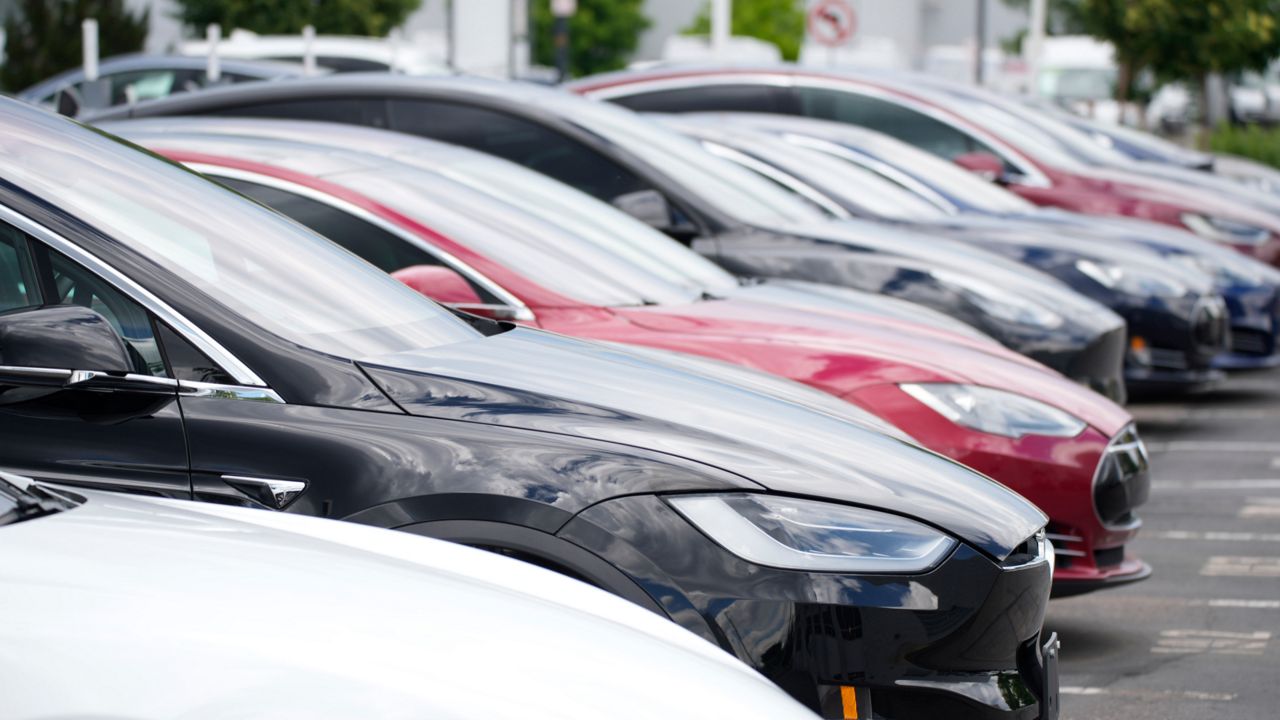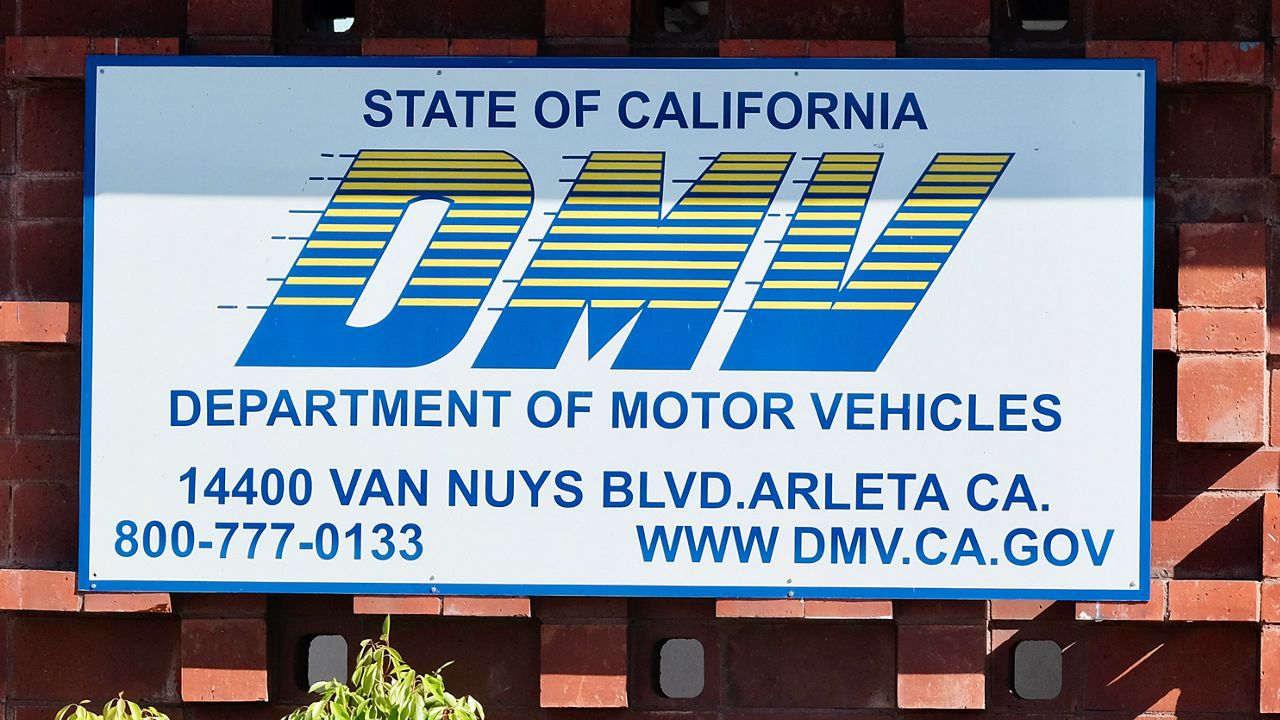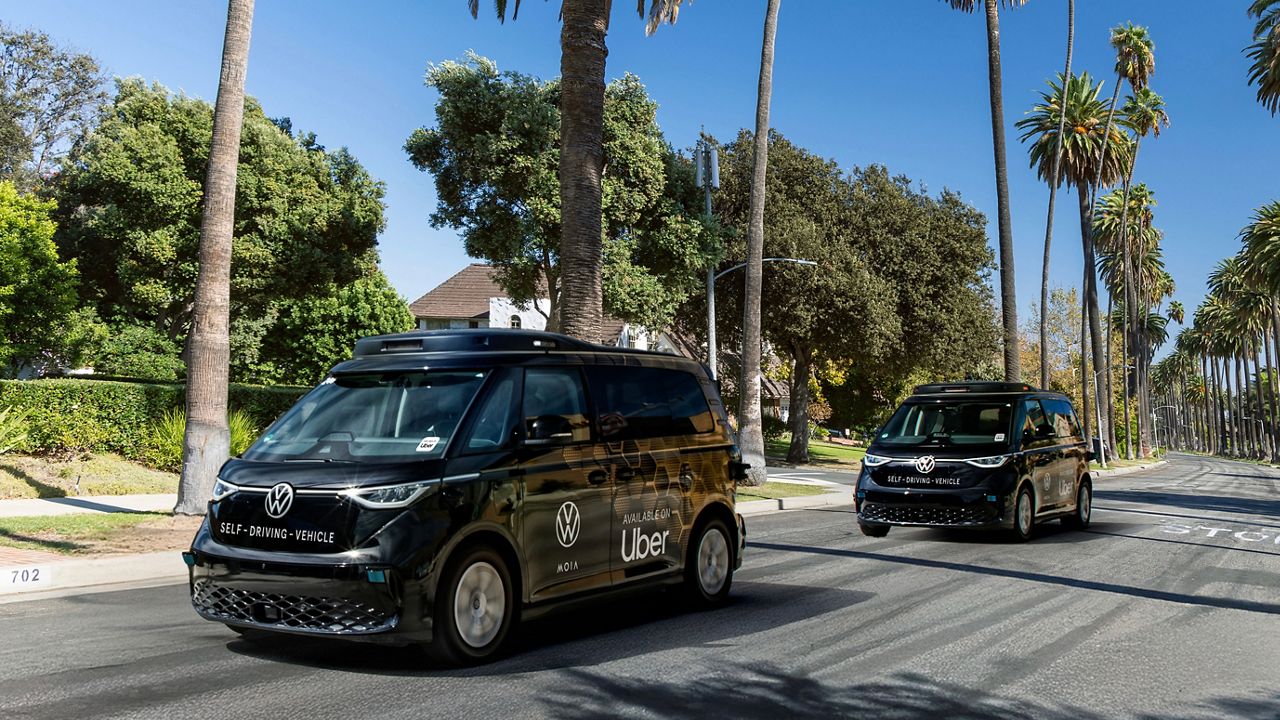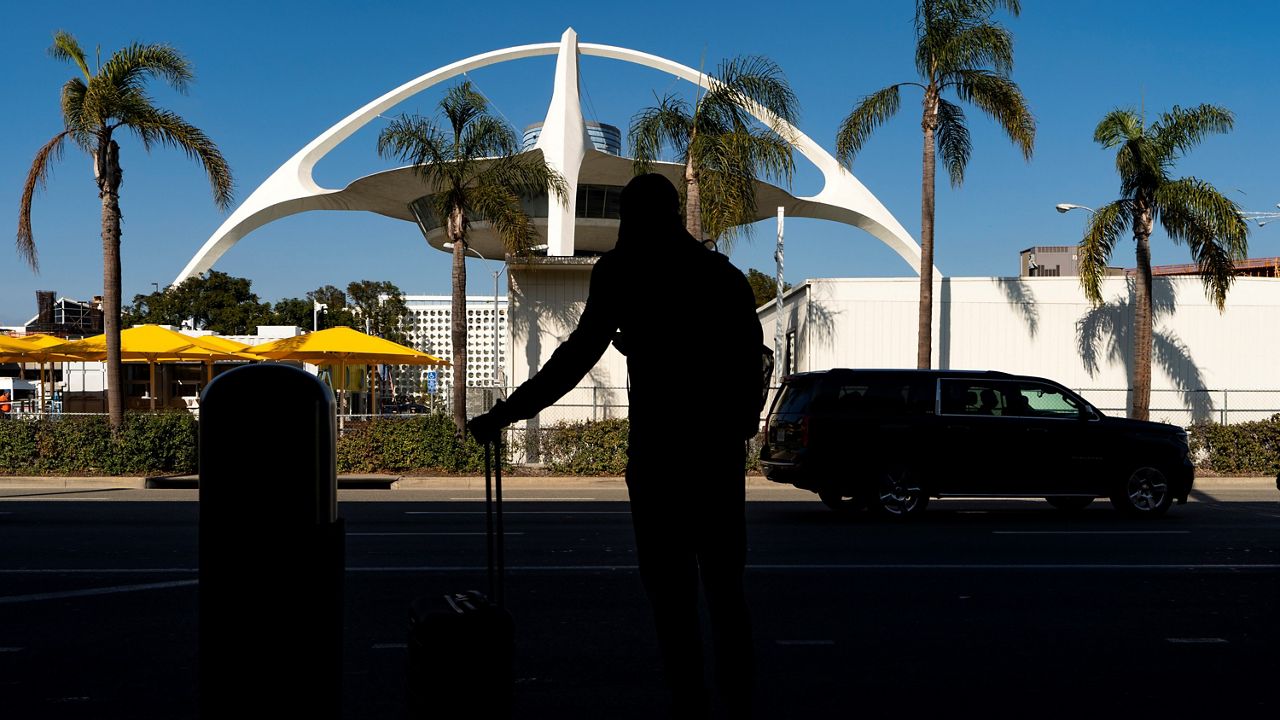It continues to be a rough ride for people who want to buy a car. Both new and used vehicles continue to be in high demand.
New vehicle inventory was down 71% at the end of March compared with the same period in 2019, according to Cox Automotive. The first quarter is typically sleepy for car sales, but it was off to an even slower start this year with the ongoing computer chip shortage and record COVID cases from omicron in January. That was followed by the Russian invasion of Ukraine in February, setting off a series of energy and commodity shocks. Then came the Canadian trucker strikes at the border and an earthquake in Japan that further delayed auto production.
“With the latest rounds of production and supply chain issues in Asia and Europe, it looks like new inventory will get worse before it gets better,” Cox Automotive Chief Economist Jonathan Smoke said Thursday during a quarterly auto industry update. “We are clearly still facing much uncertainty for the year.”
A key worry for the industry is that COVID will continue to disrupt supply chains in Asia and specifically China, which has not had as much vaccination success as other parts of the developed world, Smoke said. He anticipates that demand for vehicles will remain high throughout the year, but availability of new vehicles will not improve until the fourth quarter of 2022.
With new cars difficult to come by, more shoppers will continue to turn to used, much like they have done since last year when the chip shortage first started impacting new vehicle production and drove buyers to find a lightly used version of what they would have otherwise purchased. This year, Smoke expects used vehicle sales to peak in April, as Americans receive their tax refunds.
Tax season is ordinarily a boon to used car sales, leading to a peak in March, he said, but it’s delayed this year. As of March 25, just 45% of projected refunds had been issued, compared with 71% that had been disbursed by then in 2019. The average refund is up 12% this year compared with 2021, which is why Smoke predicts “April is likely to be the best month of 2022 for used vehicle sales. History has shown when cash is flowing into consumer accounts, retail used cars will increase.”
Used vehicle inventory was down 9% at the end of March compared with the same period in 2019. While that will lead to slightly higher prices in April and May, it will be followed by “modest declines for much of the back half of the year,” Smoke said.
Last year saw an unprecedented appreciation in used vehicle prices in two distinct waves, said Chris Frey, senior manager of economic and industry insights for Cox Automotive. Prices started increasing in January 2021 due to consumer demand boosted by economic stimulus funding.
After retreating over the summer, they started to pick up again in the tail end of last year because of low supplies in the new vehicle market, leading to prices that peaked in December, ending the year 28% higher than the year prior. The average used car sold for a record $28,205 at the end of 2021, according to Kelley Blue Book.
While prices for used vehicles were flat during the first quarter of 2022, “prices are likely to move up with the spring selling season, though the magnitude of the monthly increases are likely to be lower than we’ve experienced in 2021,” Frey said.
After the spring market fades, year-over-year price increases are likely to turn into more traditional declines through the end of the year. Those declines, however, are not likely to be as extreme as last year’s increases, he said.
Cox Automotive analysts say last month’s steep run up in gas prices isn’t likely to affect the types of vehicles people buy this spring. While sales of midsize and entry-level SUVs, as well as sedans, rose along with gas prices in March, “it is difficult to attribute that solely to gas prices since values in smaller vehicle segments tend to rise rapidly at the start of spring selling season,” Smoke said. “We do not see significant demand shifts because of gas price acceleration.”
That said, people in the market for used pickup trucks and full-size SUVs might want to consider buying earlier this spring since sales of such models have been flat so far this year and may offer better deals. Price increases in trucks and large SUVs typically lag sedans and smaller SUVs. Vans, compact cars and midsize cars have seen the biggest price increases.









